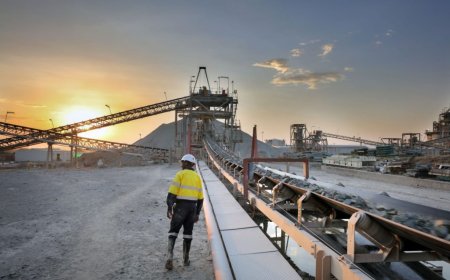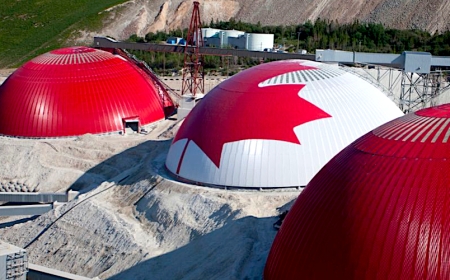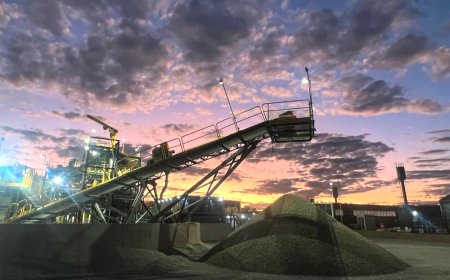Surge in M&As compels dealmakers to harness tools for compliance
The electric vehicles (EV) market is stumbling, resulting in implications for mining companies, particularly those involved in lithium production as the commodity is a key component of lithium-ion batteries, used to power most EVs.


EVs’ share of total new-vehicle sales rose about 3% year-over-year in 2024’s first quarter, yet EV sales fell 15% compared to Q4 2023. The lower-than-anticipated consumer demand for the vehicles has prompted numerous EV manufacturers to consider scaling back or postponing production. As they struggle with financing operations, some EV makers have filed for bankruptcy.
Despite these setbacks, projections indicate that EV sales will rise to over 30 million by 2027, up from 13.9 million in 2023. While the pace of sales is expected to decrease from an average of 61% between 2020 and 2023, an average uptick of 20% is still expected in the next three years.
This helps explain why some mining companies are finding opportunity to expand production while others are using strategies such as mergers and acquisitions (M&As) to increase their footholds in markets.
On Datasite, which annually facilitates nearly 15,000 new deals, new global sell side industrial deals, of which mining is part, are up by 14% in the first half of 2024, compared to the same time a year ago. Since these are deals at their inception, they are a good indication of what’s to come.
Challenges remain. Lithium, deemed essential for transitioning to clean, sustainable mobility, faces environmental, social, and political scrutiny regarding extraction and processing.
These concerns can make mining M&A deals riskier and harder to complete, which makes conducting thorough environmental, social, and governance (ESG) due diligence paramount. ESG concerns are adding to the amount of content in Datasite’s virtual data rooms (VDRs), which are used to complete the due diligence process of the M&A cycle.
Since the start of the year, content in Datasite data rooms is up by over 50% per deal on average. This means more documents for dealmakers to review, causing longer due diligence timelines. Insights from Datasite show that diligence times have increased by a median of 24 days since 2021.
For a streamlined and effective due diligence phase, dealmakers can utilize the following tools:
- Use an ESG checklist: Dealmakers and advisers should routinely add deal-specific ESG risks to due diligence checklists. Being able to fully understand how social activities impact specific industries and target companies (and their valuations) helps ensure a smoother, more comprehensive diligence process and fewer surprises and ensure nothing is overlooked.
- Evaluate climate-related processes, controls, and disclosure requirements: Dealmakers should evaluate material effects of transition risks and material litigation risks related to climate change. The discussion and analysis of decision makers should also include financial conditions and results of operations in the following areas: legislation, capital expenditures, material regulation, physical effects on operations, compliance costs, and carbon credits or offsets.
- Leverage technology to help: Advanced tools and technology within VDRs can be a huge help. Some VDRs have the functionality, through robust optical character recognition search tools, to identify key ESG-related documents and information. These search tools allow dealmakers the ability to only have to search only once for a term, making it easier to find all related documents. They can also track when any new documents with that term are added to the VDR. This way, no ESG-related documents or assets can be missed, and dealmakers can be assured that they have all the information they need to get a clear view of potential warning signs that could sink a deal. Leaning on tools such as these can simplify the process, and support dealmakers with efficiently getting a deal over the line.
Ultimately, the importance of an asset’s ESG performance and obligations will continue to gain momentum in M&A. Within the industrial M&A sector, as deals continue to increase, these new technologies help deals close faster, and ensure all ESG and regulatory measures are met. By adopting a proactive and comprehensive approach to ESG, dealmakers can navigate challenges, seize opportunities and drive successful M&A outcomes.



















